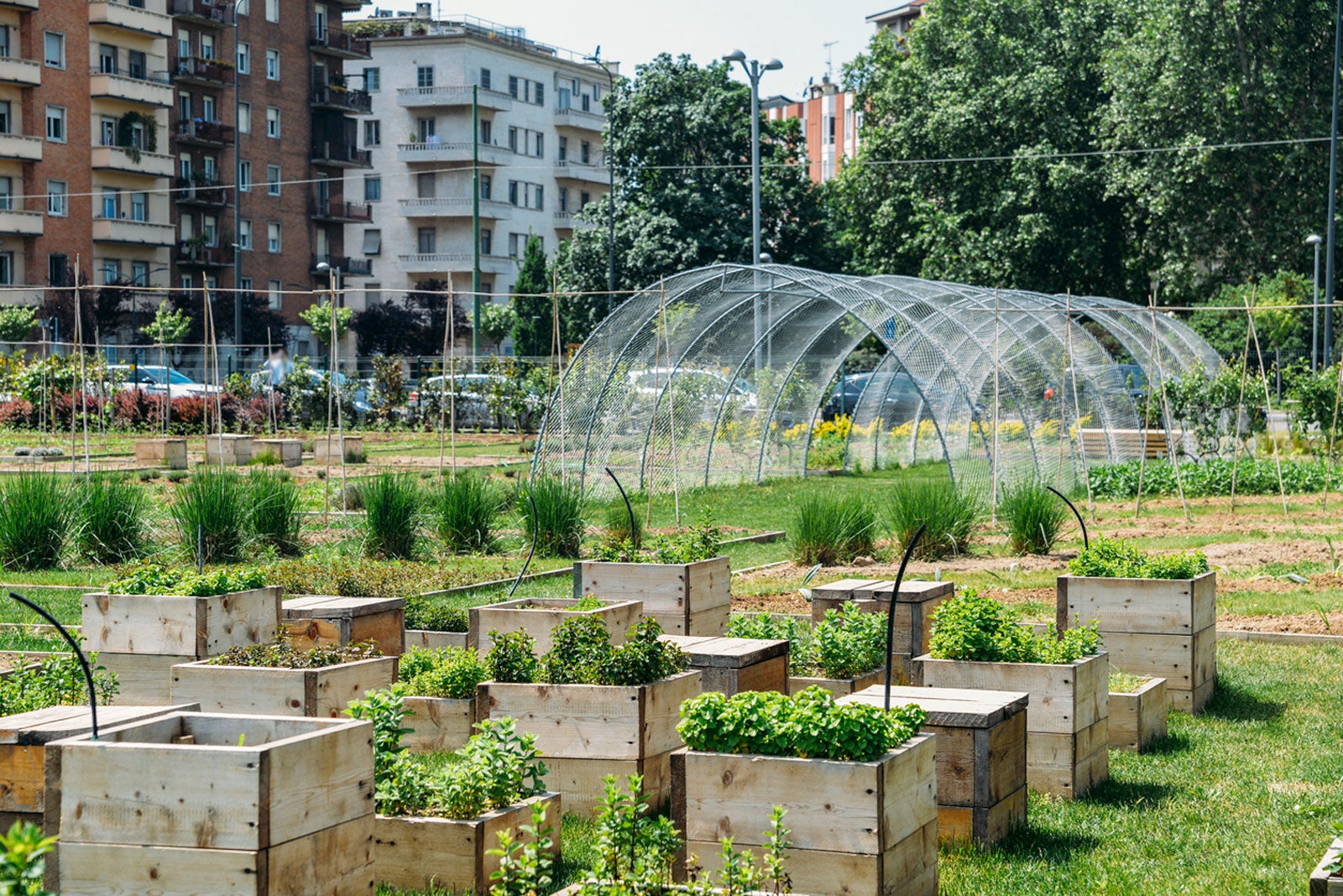Some Known Factual Statements About City Blooming
Table of ContentsSome Known Details About City Blooming Some Known Incorrect Statements About City Blooming Not known Factual Statements About City Blooming About City BloomingAn Unbiased View of City Blooming
Intrigued in growing food for sale in the City of Chicago? Below is a checklist of regularly asked concerns relating to the policies and laws that growers need to think about when preparing a metropolitan agriculture job.
The zoning modification does not modify any type of other codes taking care of composting, building permits, buying or renting City had residential property, service licenses or ecological contamination. There are existing codes that control these concerns and they stay in complete effect and might be appropriate to your task. Neighborhood gardens are usually owned or taken care of by public entities, civic organizations or community-based organizations and preserved by volunteers.
Urban ranches expand food that is planned to be sold, either on a not-for-profit or for-profit basis. Due to their commercial purpose, city ranches require an organization certificate. Yes. A neighborhood garden is permitted to market surplus create that was expanded on site if the sales are accessory or subordinate to the garden's primary purpose explained over.
The Only Guide for City Blooming
Composting is allowed however just for plant material that is generated and used on website. The quantity of compost material can not surpass 25 cubic yards at any provided time according to the criteria in 7-28-715 of the City's Municipal Code. Yes. Due to the fact that the dirt at many new yard sites needs changing, compost, soil, timber chips, or various other materials can be gotten to build or improve the expanding area - landscaping.

If a structure license is called for after that the hoophouse will be thought about an accessory structure. You can find out more about the building license needs by getting in touch with the Division of Structures. The 25,000-square-foot size limit is meant to avoid a single neighborhood yard from dominating a given block or interfering with the block's existing residential or commercial character.
The limitation does not use to gardens situated in Public Open Area (POS) areas. Can there be more than one neighborhood yard that is 25,000 square feet on a solitary block? Fence is not needed, nonetheless, yards that have big parking areas might be called for to set this article up fence or other landscape design attributes.
City Blooming Fundamentals Explained
B1 & B2 districts need that all commercial use activities be performed inside your home. R districts restrict business task. The policies mirror the objective and intent of the Zoning Code. Is secure fencing needed for urban ranches? Yes. Fencings might be needed, together with landscape design and screening, for specific auto parking locations and outdoor job or storage space areas depending on place and the details task occurring.
Yes. Urban farms require building permits and zoning authorizations before construction. Various other forms of city evaluation might be needed depending on details frameworks, activities, dimension, landscape design, licensing, public health and stormwater administration problems. Several of these needs are recognized in the project style or permitting process, nonetheless, the candidate may be responsible to separately identify particular licenses or allows that may be needed.
Yes. The type of certificate is determined by what is taking place at the website. The Division of Organization Matters and Customer Defense can aid determine the specific type of service permit that's called for. Yes. Off street auto parking is required for most business tasks in Chicago. The needed number of garage is based upon the number of employees functioning on website and not the square video of the expanding room.
What Does City Blooming Do?

Yes. A metropolitan farm can market compost product created on website, nevertheless, the operation needs to comply with the laws in 7-28-715 of the Chicago Municipal Code. Yes. Aquaponic systems are permitted inside on city farms in numerous zoning areas. A zoning testimonial and building authorization is needed in order to set up structures or systems and a service certificate is needed as explained above.
Approximately five hives or swarms of honey might be kept as an accessory use. However, beekeepers must register with the Illinois Division of Farming. For more details about the recommended zoning amendment you might speak to the Division of Real Estate and Economic Development, Bureau of Preparation and Zoning at 312.744.8563.
Farming in cities and urban areas An urban farm in Chicago. Urban farming refers to different techniques of growing. https://my-store-faa5b0.creator-spring.com/, handling, and dispersing food in metropolitan areas. The term also puts on the location activities of pet husbandry, aquaculture, beekeeping, and cultivation in a city context. Urban agriculture is identified from peri-urban agriculture, which happens in backwoods beside residential areas.
City Blooming Can Be Fun For Anyone
, who look for to develop social networks started on a common values of nature and neighborhood holism. These networks can create by way of formal institutional assistance, becoming incorporated right into neighborhood community planning as a "transition town" movement for sustainable city development.
The much more direct accessibility to fresh vegetable, fruit, and meat products that might be understood through metropolitan farming can improve food safety and food security while decreasing food miles, leading to lower greenhouse gas exhausts, consequently adding to climate change reduction. Several of the first evidence of urban agriculture originates from Mesopotamia.